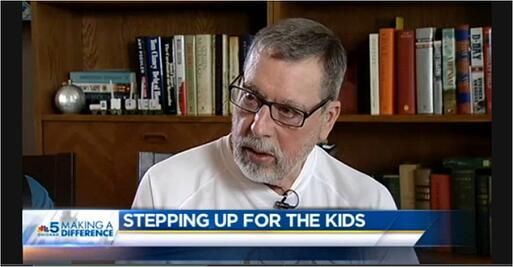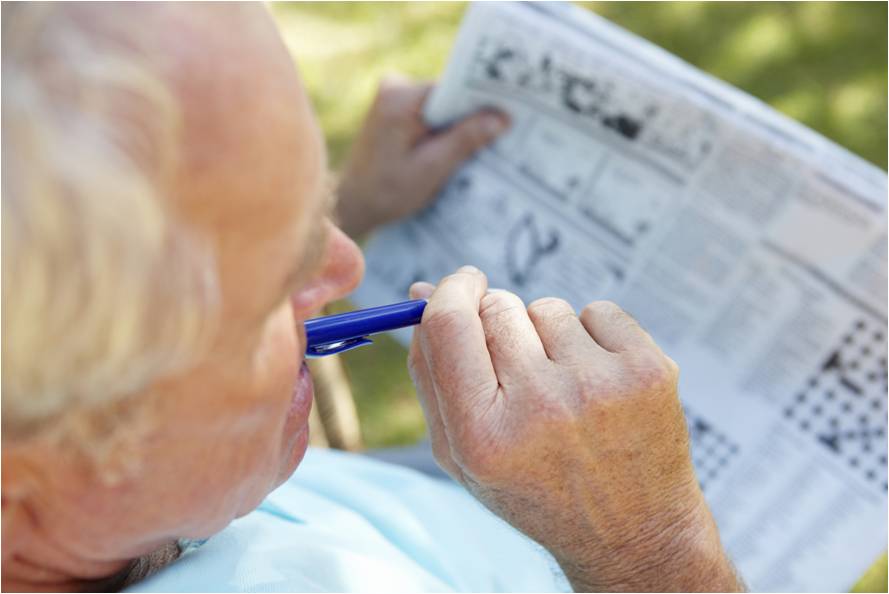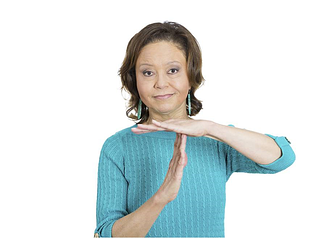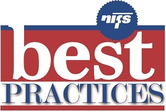
We are often asked by prospective senior living clients how NIFS staff spend their time in senior living fitness centers mangaging the fitness program. Using our monthly report data and through some Q&A with our staff, we pulled together the data below. The information is based on several client settings where we provide one full-time employee to manage the client’s fitness program.
|
IL Occupancy |
# of Group Fitness Classes/Week |
Hrs of Group Fitness Class Instruction/Week |
Exercise Prescriptions/Month |
Senior Fitness Test/Month |
Other Appts/Month |
|
328 |
13 |
7.5 |
64 |
2 |
87 |
|
158 |
8 |
4 |
8 |
3 |
62 |
|
307 |
10 |
5 |
5 |
50 |
39 |
|
268 |
17 |
10.5 |
17 |
4 |
39 |
|
493 |
8 |
5.5 |
11 |
5 |
71 |
|
265 |
5 |
4 |
58 |
0 |
41 |
|
260 |
8 |
6 |
9 |
23 |
87 |
|
238 |
5 |
2.5 |
54 |
2 |
14 |
|
Average |
9.25 |
5.5hrs |
28 |
11 |
55 |
The following points of clarification provide more information about this data:
This data set does not include the one to two additional classes per week that many of our staff are teaching in AL/health center environments. That could easily represent an additional one to two hours each week excluded from the time outline above.
We don’t typically recommend classes that are longer than 45 minutes for this audience, both from an endurance standpoint (for some) and from the perspective that the lifestyle calendar is typically really full and we don’t need to take up more time than necessary when members have many other things to be doing. We want exercise to be as attractive and as easy to fit in as possible, and it’s quite appropriate to expect a solid, effective workout from a 30-minute class.
At most of these locations, there is at least one outside instructor teaching a specialty format class like Zumba Gold, tai chi, etc. These above figures represent what our staff teach as part of their 40-hour work week.
Here’s how the math breaks down on hours per week for all of the services above for NIFS fitness management (as averages):
- 5.5 hours per week teaching.
- 28 exercise prescriptions per month = 7 per week at 90 minutes per appointment = 10.5 hours per week.
- 11 fitness tests per month = 2.75 per week at 60 minutes per appointment = 2.75 hours per week.
- 55 other appointments per month (orientations, blood pressure checks, etc.) = 14 per week at 15 minutes per appointment = 3.5 hours per week.
- Roughly 20 to 25 hours per week spent directly providing these kinds of services, allowing another 15 to 20 hours per week for program development, recreational activities like Wii Bowling, coordination/collaboration with other departments, meetings, and reporting or other administrative tasks.
How does this compare to what your fitness staff is doing? Maybe your senior fitness program could use a boost in productivity to draw in more residents.
If you’re in that place where you’re trying to decide whether it’s beneficial to staff your fitness program with a full-time employee, consider watching our staffing webinar by clicking below.



 Most senior living communities have a variety of group fitness classes on their calendars focused on balance, muscular strength, flexibility, and cardiovascular health, and the clients we work with are no different. But we’ve landed on a program tied in with our group fitness classes for seniors that has become wildly popular with the residents. It turns out, it’s been a great way to draw more participants into the exercise program, too.
Most senior living communities have a variety of group fitness classes on their calendars focused on balance, muscular strength, flexibility, and cardiovascular health, and the clients we work with are no different. But we’ve landed on a program tied in with our group fitness classes for seniors that has become wildly popular with the residents. It turns out, it’s been a great way to draw more participants into the exercise program, too.
 It’s busy at your community; sometimes it’s so busy that residents complain they have a hard time choosing what program to attend. Inevitably, the calendar is so full they have to miss events they love in order to attend something else. And your activities director is at the heart of that bustling calendar.
It’s busy at your community; sometimes it’s so busy that residents complain they have a hard time choosing what program to attend. Inevitably, the calendar is so full they have to miss events they love in order to attend something else. And your activities director is at the heart of that bustling calendar. 
 Many communities have regularly scheduled recreational activities on the monthly calendar such as croquet, bocce ball, or Wii that seem like fairly logical programs to spin into Olympics-themed events in senior living communities. Still, it’s not enough to simply group these regularly occurring events together and call them your Community Olympics. How do you set up the initiative so that it has broad appeal and allows those residents who participate in the events regularly to feel inspired and challenged alongside their novice neighbors? This two-part blog will provide creative tips to kick your Olympics up a notch with your resident favorites as well as provide fresh new ideas for events.
Many communities have regularly scheduled recreational activities on the monthly calendar such as croquet, bocce ball, or Wii that seem like fairly logical programs to spin into Olympics-themed events in senior living communities. Still, it’s not enough to simply group these regularly occurring events together and call them your Community Olympics. How do you set up the initiative so that it has broad appeal and allows those residents who participate in the events regularly to feel inspired and challenged alongside their novice neighbors? This two-part blog will provide creative tips to kick your Olympics up a notch with your resident favorites as well as provide fresh new ideas for events.

